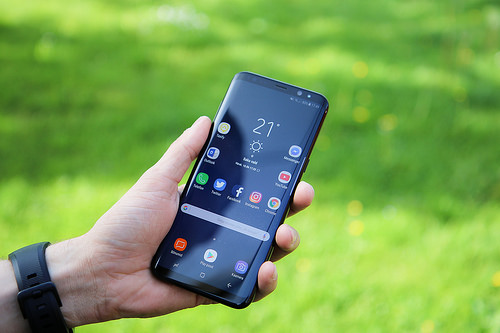Microsoft's Windows Store came to prominence in 2012 as a means of providing Windows smartphone and tablet users with a platform to access Universal Windows Platform (UWP) apps, as well as e-books, digital video and music. It took Microsoft some time to decide to compete with Google's Android marketplace which came to fruition in October 2008. It has since been rebranded as Google Play. This article is designed to compare the similarities and differences between these two digital distribution app stores for consumers worldwide.
Similarities between Windows Store and Google Play
Both the Windows Store and Google Play platforms are curated. Both Microsoft and Google certify each and every app that is submitted to their marketplace for device compatibility and the quality and safety of its content. This is very much needed in an age where app development is more popular than ever before. Providing the best possible user experience is paramount to both platforms.
Furthermore, consumers using both Windows and Android smartphone and tablet devices can purchase apps from as little as $0.99 each. In terms of revenue share for app developers, both Windows Store and Google Play offer 70% of profits to the developer. However, the Windows Store increases that percentage to 80% of revenue beyond an initial $25,000 USD.
For the app developers themselves, the cost of using the development tools is free for both platforms, but the costs of registering as a developer differ with Google Play charging just $25 and Windows Store charging between $49-$99 a year. Neither the Windows Store or Google Play impose restrictions on an app's use of advertising, as long as they don't ruin the user experience.
Differences between Windows Store and Google Play
Perhaps the most glaring difference between the Windows Store and Google Play marketplaces is the range of apps available. Statista found that the number of apps available in Google Play in September 2017 reached 3.3 million - around a 10% increase on its total applications in June 2017. Meanwhile, despite Windows Store's increasing popularity thanks to its integration via Windows 10 computers as well as Windows smartphones and tablets, the choice of apps here is greatly reduced. As of September 2015, Microsoft confirmed 669,000 apps were available with 'hundreds more added every day'. Going by those calculations, Windows Store must have around 850,000+ apps available to users today.
One thing to give the Windows Store marketplace credit for is its foresight to leverage companies' official content, such as iGaming and sports betting applications from the world's leading bookmakers. Meanwhile, it was only in August this year that Google took the decision to relax its ruling on betting applications and allow iGaming apps into its Google Play store. The Mr Green casino app now available in Google Play store for UK users and was one of the first iGaming brands to feature. For Mr Green users outside of the UK, they can still download the app on Android devices via the brand's website.
According to Microsoft's very own fact-based comparison of both marketplaces, the Windows Store is available in 231 different countries or regions, compared with a maximum of 136 countries for Google Play. Furthermore, there are 75 countries or regions where users can purchase Windows apps in their local currency compared with just 30 countries for Google Android apps.
There's no doubt that the Windows Store has enjoyed a significant upswing thanks to the integration of the Windows 10 Operating System, which now accounts for more than half of all store downloads. Nevertheless, the fact that there are now two billion monthly active Android devices on the planet means that Google Play will always have an element of superiority over Microsoft, at least for the time being.



























